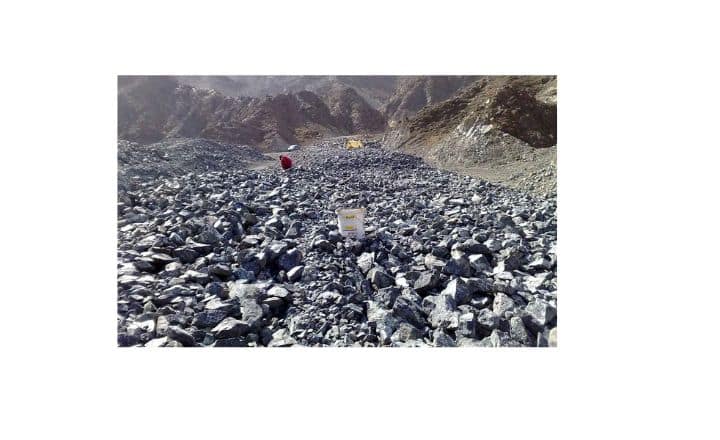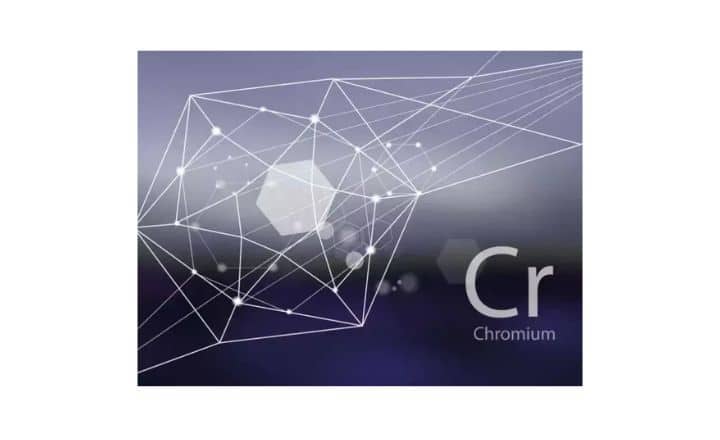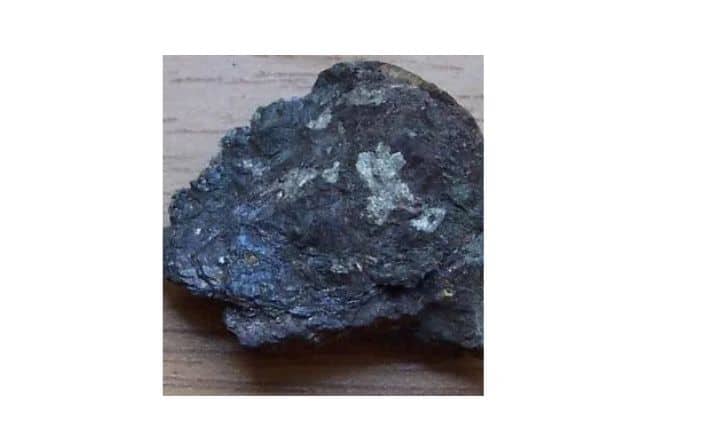Chromite is a mineral composed of chromium, iron, and oxygen, with the chemical formula FeCr₂O₄. It is the primary source of chromium, an essential element used in various industrial applications. Chromite is typically found in ultramafic rocks and is characterized by its dark color and metallic luster.
Uses of Chromite

Production of Chromium:
The most significant uses of chromite are chromium metal and ferrochrome, which are vital for making stainless steel and other alloys. Approximately 80% of the world’s chromium is used to produce stainless steel.

Chromite has several important applications, including:
Refractory Materials:
Chromite is a refractory material that can withstand high temperatures. This makes it essential for manufacturing bricks and linings in furnaces, kilns, and reactors.
Chemical Industry:
Chromite is used to produce chromium chemicals, which are employed in various applications, including dyes, pigments, and tanning agents for leather.
Metallurgical Applications:
In addition to stainless steel, chromite is used to produce other alloys and metal coatings, enhancing product corrosion resistance and durability.
Properties of Chromite
Understanding the properties of chromite can enhance its use in various applications:
Hardness: Chromite has a hardness of 5.5 to 6 on the Mohs scale, making it relatively durable and suitable for industrial applications.
Color: It typically appears as a black or dark brown mineral, which can aid in identifying it during mining or exploration.
Density: Chromite has a high density, ranging from 4.5 to 4.8 g/cm³, contributing to its stability in various industrial processes.
Chromite Mining
Chromite is mined in several countries, with South Africa, Kazakhstan, and Turkey being the largest producers. The mining process involves extracting chromite ore from the earth, which is then processed to obtain chromium.
Environmental Impact of Chromite Mining
While chromite is essential for many industries, its mining can have environmental consequences, including habitat destruction, soil erosion, and pollution. It is crucial to adopt sustainable mining practices to minimize these impacts. Measures such as land rehabilitation, responsible waste management, and reduced water usage can help mitigate the environmental footprint of chromite mining.
Conclusion
Chromite is a vital mineral with numerous applications in metallurgy, chemicals, and refractory materials. Understanding its properties and uses is essential for industries that rely on this important resource. As we continue to utilize chromite, it is equally important to consider sustainable practices to protect the environment and ensure the mineral’s availability for future generations.
